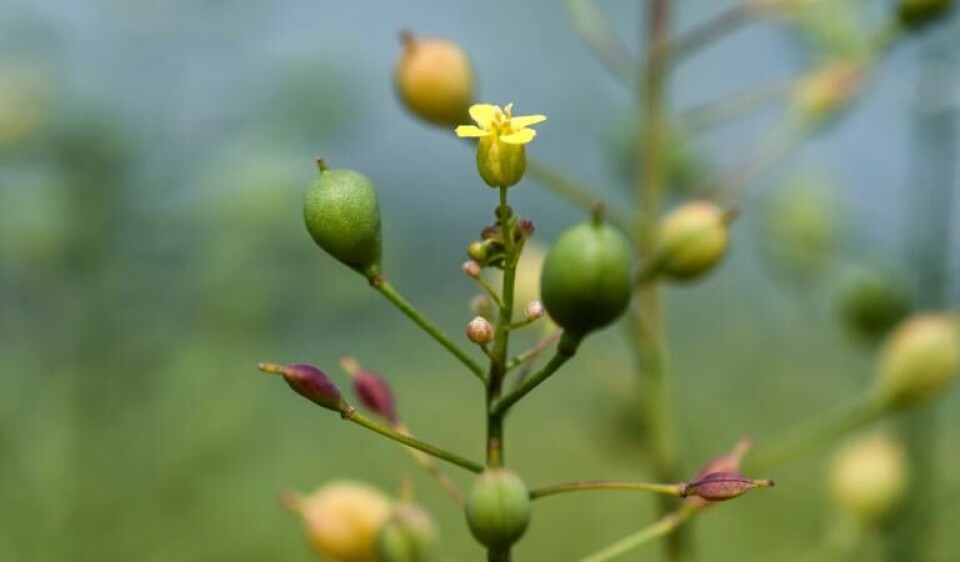
GM camelina offers ‘stable and robust’ alternative omega-3 source
Field trials of a plant genetically modified to produce omega-3 normally sourced from fish oil have shown that it can be successfully grown in the UK, Canada and the United States.
The GM strain of Camelina sativa, a relative of oil seed rape, was developed at the Rothamsted Institute in Hertfordshire by adding biosynthetic genes that enable it to produce the non‐native omega‐3 long chain polyunsaturated fatty acids (LC-PUFAs) eicosapentaenoic acid (EPA) and docosahexaenoic acid (DHA).
In the trials, which took place over two successive years, the occurrence of these fatty acids was monitored and found to follow a broad trend irrespective of the agricultural environment.
Transgenic trait
Researchers said this demonstrated the stability and robust nature of the transgenic trait for omega‐3 acids in camelina.
Examination of non‐seed tissues for the unintended accumulation of EPA and DHA failed to identify their presence in leaf, stem, flower, anther (pollen area) or capsule shell material, confirming the seed‐specific accumulation of the fatty acids.
The field trials took place in experimental farms in Elm Creek, Manitoba, Canada; Rothamsted, Harpenden, Hertfordshire, UK; and Lincoln, Nebraska, US.
‘Superior to GM canola’
In an article about the trials, researchers from Rothamsted and the Swedish University of Agricultural Sciences wrote that two companies had recently developed GM strains of another oil-seed plant, canola, but these differed from the Rothamsted camelina because they predominantly accumulate either EPA or DHA.
The GM camelina accumulates both EPA and DHA, which was “an important consideration in the commercial viability of GM camelina, compared with the above-mentioned Canola products, since it is well-established that the overall seed oil yield of camelina is lower (at ~800Kg/ha) than that observed for canola (~1000Kg/ha)”.
The authors added that if the amount of omega-3 LC-PUFAs (EPA, DPA and DHA) is calculated as a percentage of oil yield, then camelina (at 23.3% of total fatty acids) is superior to canola (11.1%).
Viable replacement for fish oil
They concluded that the GM camelina showed great promise accumulating EPA and DHA as an economically viable replacement for fish oils.
“Perhaps more pertinently, and of relevance also to some of the algal products which are rich in only DHA, only our GM camelina has an omega-3 LC-PUFA profile which is closely matched with the original product it aims to replace.”
The article, High level accumulation of EPA and DHA in field‐grown transgenic Camelina – a multi‐territory evaluation of TAG accumulation and heterogeneity, is published in Plant Biotechnology Journal and can be accessed here.
Rothamsted’s project has been led by Professor Johnathan Napier, a pioneer in the field, whose work includes developing transgenic oilseed crops as novel, safe and cost-effective sources of EPA and DHA for salmon feed.
The University of Stirling’s Institute of Aquaculture, the Norwegian University of Science and Technology in Trondheim and feed manufacturer BioMar are collaborating on the project.























































